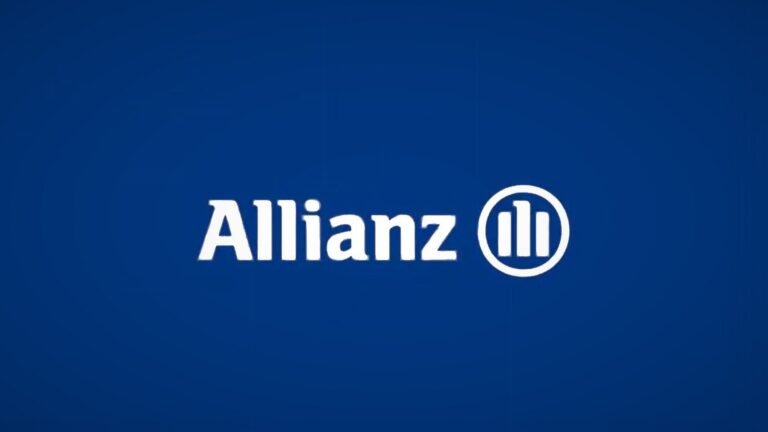Fast Facts
-
Data Breach Overview: Allianz Life suffered a significant data breach revealing 2.8 million sensitive records linked to business partners and customers due to ongoing Salesforce-targeted attacks by the ShinyHunters extortion group.
-
Details of the Attack: The breach was connected to a third-party cloud-based CRM system, compromising personal information such as names, addresses, phone numbers, and Tax IDs, largely from their 1.4 million customers.
-
Extortion Tactics: ShinyHunters reportedly used social engineering tactics to gain access to Salesforce instances, utilizing a malicious OAuth app to extract databases and subsequently extort Allianz via email.
- Threat Actor Dynamics: The incident highlights collaboration among various threat groups, including ShinyHunters and Scattered Spider, with roots in previous hacking organizations like Lapsus$, raising concerns about evolving cyberattack strategies.
Problem Explained
In a significant breach of cybersecurity, hackers affiliated with the ShinyHunters group have disclosed sensitive data from Allianz Life, an esteemed U.S. insurance provider. This incident, part of a broader series of attacks targeting Salesforce instances, compromised approximately 2.8 million records. Allianz Life previously acknowledged a significant breach affecting 1.4 million customers, which occurred when attackers exploited vulnerabilities within a third-party cloud-based CRM platform on July 16. Notably, BleepingComputer identified this situation as the handiwork of ShinyHunters, who have since claimed responsibility through a newly created Telegram channel, mockingly addressing law enforcement and cybersecurity experts while revealing the extensive nature of their data theft.
The tactic employed by these threat actors involved social engineering methods to deceive employees into integrating a malicious OAuth application with their Salesforce accounts, enabling direct access to sensitive databases. This sophisticated approach echoes techniques used by the notorious Lapsus$ group, with many members allegedly sharing affiliations across these hacking collectives. The leaked information encompasses a variety of personal and professional details, prompting concerns over data privacy and security. Although BleepingComputer confirmed the accuracy of leaked data with affected individuals, Allianz Life has refrained from commenting amidst ongoing investigations into the breach.
Risks Involved
The recent data breach at Allianz Life, exposing sensitive records of 2.8 million individuals, poses significant risks not just to the company but also to its business partners and the broader ecosystem of organizations utilizing Salesforce and similar platforms. As threat actors like ShinyHunters, Scattered Spider, and Lapsus$ demonstrate sophisticated social engineering techniques, their actions may influence a pervasive erosion of trust among clients and stakeholders, resulting in reputational damage that cascades across affected businesses. The leak of personal identifiers—such as names, addresses, and Tax Identification Numbers—can enable identity theft and targeted phishing attacks, further compromising the security of connected enterprises. Consequently, organizations that intersect with Allianz Life or share infrastructure frameworks may face heightened vulnerability, necessitating stricter security measures, increased scrutiny from regulators, and potential customer attrition as users grapple with concerns surrounding data integrity and privacy. This incident underscores a critical imperative: complacency in cybersecurity practices can catalyze widespread repercussions, amplifying the attack surface for malicious entities and undermining the foundational trust imperative for sustained business operations.
Possible Action Plan
Timely response is critical in mitigating the repercussions of data breaches, particularly when sensitive information is exposed, as witnessed in the recent Allianz Life incident involving Salesforce attacks.
Mitigation Steps
- Conduct comprehensive forensic analysis
- Immediately notify affected stakeholders
- Implement stricter access controls
- Update security protocols and measures
- Engage in robust employee training
- Regularly test incident response plans
NIST CSF Overview
The NIST Cybersecurity Framework (CSF) emphasizes the necessity of a proactive and responsive approach to cybersecurity incidents. It provides guidance on identifying, protecting, detecting, responding to, and recovering from cybersecurity events. For detailed recommendations, refer to NIST Special Publication 800-61, which focuses on Computer Security Incident Handling.
Stay Ahead in Cybersecurity
Discover cutting-edge developments in Emerging Tech and industry Insights.
Understand foundational security frameworks via NIST CSF on Wikipedia.
Disclaimer: The information provided may not always be accurate or up to date. Please do your own research, as the cybersecurity landscape evolves rapidly. Intended for secondary references purposes only.
Cyberattacks-V1

